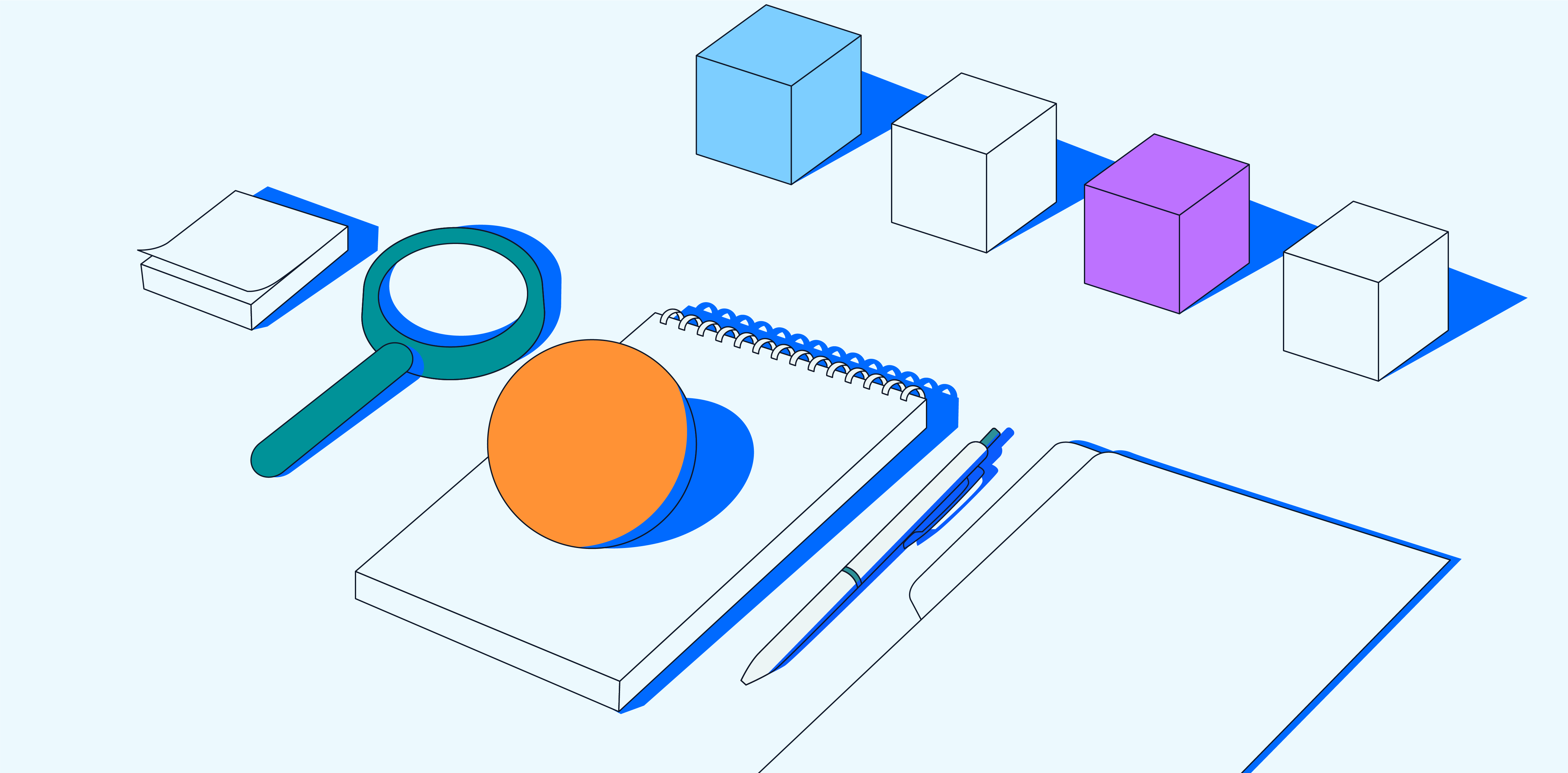User experience (UX) research is a cornerstone of designing products and services that meet the needs, desires, and expectations of users. However, with a vast array of research methods available, deciding which method to use can be challenging. This blog post explores when to use specific UX research methods to gain actionable insights, optimize design decisions, and ensure user satisfaction.
Understanding UX Research
UX research encompasses qualitative and quantitative methods aimed at understanding user behavior, needs, and motivations. These insights inform the design process, making products intuitive, efficient, and enjoyable. Selecting the appropriate research method depends on your project stage, objectives, resources, and the type of data needed.
Key Considerations for Choosing a UX Research Method
Before delving into specific methods, consider the following:
- Research Goals: What questions are you trying to answer?
- Stage in the Design Process: Are you exploring, designing, or evaluating?
- Resources and Constraints: What budget, time, and tools do you have?
- Type of Data Needed: Do you require qualitative insights, quantitative metrics, or both?
With these considerations in mind, let’s explore when to use various UX research methods.
1. Discovery Phase: Understanding Users and Contexts
The discovery phase focuses on gaining a deep understanding of users, their needs, and the context of use. Methods in this phase are exploratory and qualitative.
a. User Interviews
- When to Use: Early in the project to understand user goals, motivations, and pain points.
- Strengths: Provides rich, qualitative insights directly from users. Allows for follow-up questions to clarify responses.
- Best For: Identifying user personas, understanding workflows, and uncovering unmet needs.
b. Surveys
- When to Use: To gather input from a large user base quickly.
- Strengths: Scalable and cost-effective for collecting quantitative and qualitative data.
- Best For: Validating hypotheses, understanding user demographics, and identifying common behaviors.
c. Ethnographic Studies
- When to Use: When understanding the user’s real-world context is critical.
- Strengths: Provides a holistic view of how users interact with their environment.
- Best For: Discovering contextual challenges, cultural influences, and behavioral nuances.
d. Competitive Analysis
- When to Use: To identify gaps and opportunities in the market.
- Strengths: Helps understand how competitors’ products address user needs.
- Best For: Benchmarking, feature prioritization, and differentiation.
2. Design Phase: Ideation and Prototyping
In the design phase, UX research methods focus on validating concepts, generating ideas, and refining designs.
a. Card Sorting
- When to Use: When organizing information in a way that makes sense to users.
- Strengths: Helps inform site navigation, information architecture, and content grouping.
- Best For: Websites, applications, or systems with complex information hierarchies.
b. Wireframe Testing
- When to Use: To evaluate early design concepts before investing in high-fidelity prototypes.
- Strengths: Provides quick feedback on layout and functionality.
- Best For: Identifying usability issues and refining workflows.
c. A/B Testing
- When to Use: When comparing two design options to determine which performs better.
- Strengths: Delivers quantitative insights into user preferences and behavior.
- Best For: Optimizing specific elements like CTAs, layouts, or content.
d. Focus Groups
- When to Use: To generate ideas and discuss concepts with multiple users.
- Strengths: Encourages diverse perspectives and collective brainstorming.
- Best For: Exploring attitudes, preferences, and expectations.
3. Testing and Evaluation Phase: Assessing Usability
The testing phase aims to evaluate the usability and effectiveness of a product or design.
a. Usability Testing
- When to Use: Throughout the design process, especially before launch.
- Strengths: Identifies usability issues and validates design decisions.
- Best For: Testing workflows, identifying pain points, and ensuring task completion.
b. Heuristic Evaluation
- When to Use: When expert reviews of usability principles are needed.
- Strengths: Provides quick, low-cost feedback from usability experts.
- Best For: Identifying common usability issues early in the design process.
c. Eye Tracking
- When to Use: When understanding visual attention and gaze patterns is essential.
- Strengths: Reveals how users visually interact with a design.
- Best For: Evaluating layouts, content placement, and visual hierarchy.
d. Clickstream Analysis
- When to Use: To analyze user behavior on digital platforms.
- Strengths: Provides quantitative insights into navigation and interaction patterns.
- Best For: Identifying drop-off points, optimizing flows, and enhancing engagement.
4. Post-Launch Phase: Monitoring and Optimization
Post-launch research ensures the product continues to meet user needs and identifies areas for improvement.
a. Analytics
- When to Use: Continuously after product launch.
- Strengths: Tracks user behavior, performance metrics, and KPIs at scale.
- Best For: Identifying trends, diagnosing issues, and measuring success.
b. Customer Feedback
- When to Use: Regularly through surveys, reviews, or feedback tools.
- Strengths: Offers direct insights into user satisfaction and preferences.
- Best For: Prioritizing improvements, fixing bugs, and enhancing features.
c. Session Recordings
- When to Use: To observe user interactions without direct involvement.
- Strengths: Provides real-time insights into usability and user behavior.
- Best For: Diagnosing pain points and refining the user experience.
d. Heatmaps
- When to Use: To understand how users interact with specific pages or screens.
- Strengths: Visualizes user attention and interaction patterns.
- Best For: Optimizing layouts, CTAs, and content positioning.
Hybrid Approaches: Combining Methods
Often, a single method cannot answer all research questions. Combining methods can provide a comprehensive understanding of user needs and behavior.
Examples:
- User Interviews + Surveys: Qualitative depth from interviews combined with the quantitative breadth of surveys.
- Usability Testing + Analytics: Observational insights complemented by behavioral data.
- Card Sorting + A/B Testing: Validating information architecture with user-driven testing.
Conclusion
Choosing the right UX research methods is crucial for building user-centric products. The decision depends on your goals, project phase, and available resources. By understanding the strengths and use cases of each method, you can select the most effective approach to gather actionable insights. Remember, the ultimate goal of UX research is to create products that delight users and drive success.

